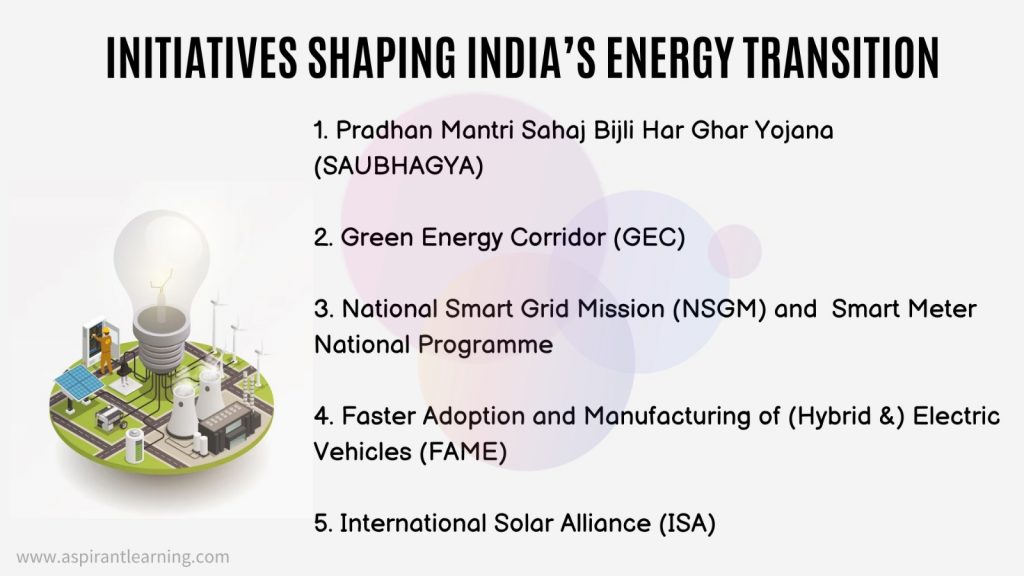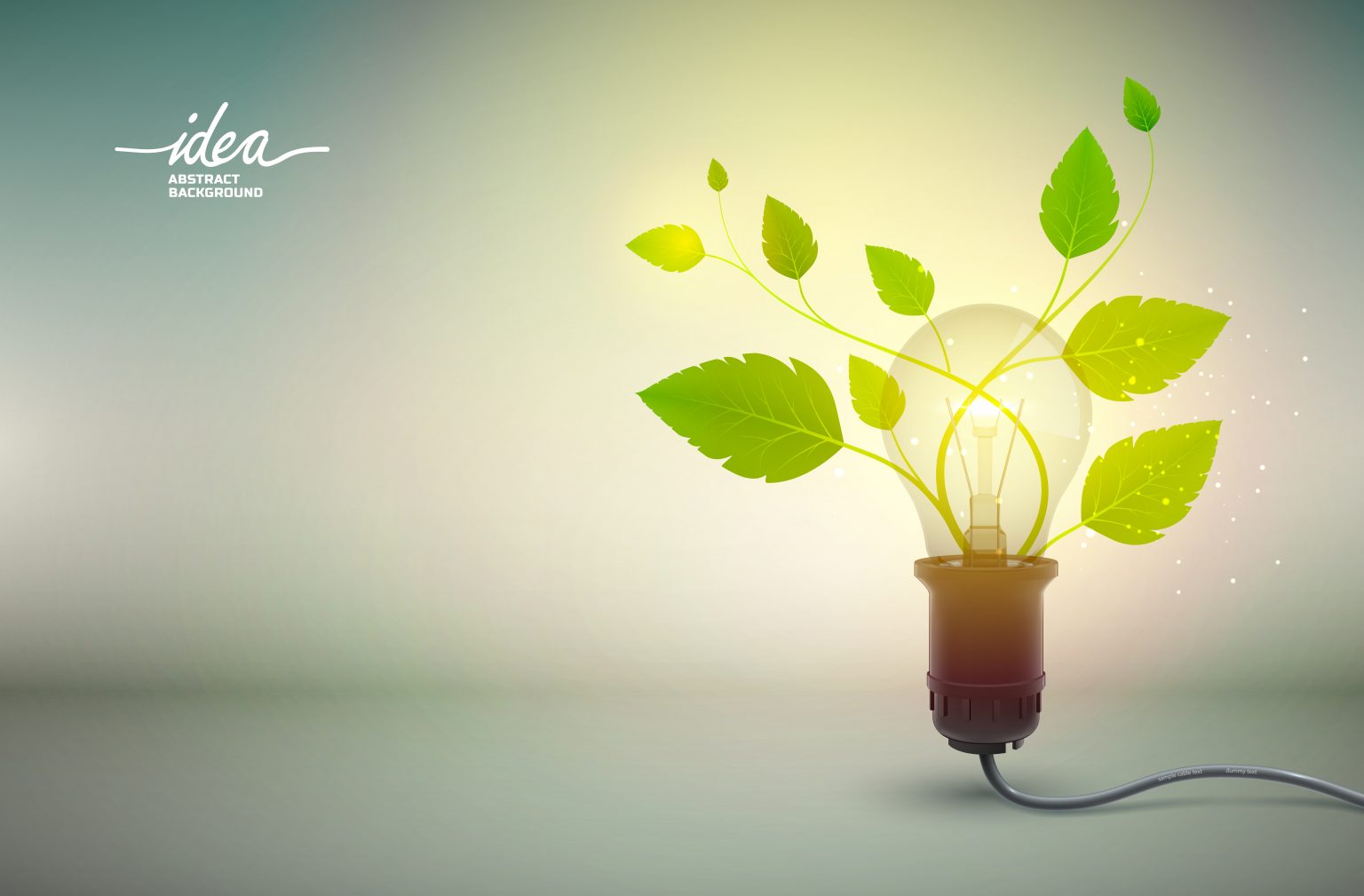News Highlights:
- Recently, Climate and Energy Ministers and envoys from the Group of Seven (G7) countries committed to working towards ensuring carbon-free electricity production by 2035 and “accelerating” the phase-out of coal.
- The participants also agreed to accelerate solar and wind energy investments to produce 1,000 gigawatts (GW) by 2030 from solar power and 150 GW of wind power from off-shore platforms.
Carbon-free energy:
- About:
- When energy sources are labelled carbon-free, the energy is produced by a resource that generates no carbon emissions, such as nuclear or large hydroelectric.
- Although these resources help reduce greenhouse gas emissions, they may impact the environment or the economy.
- For example, the waste produced by nuclear power plants needs to be safely stored long term, which can be cost-intensive.
- Additionally, the creation of dams to build new, large hydroelectric resources has lasting environmental impacts on the surrounding ecosystems.
- Sources of Carbon-free energy:
- It includes marine energy, solar, wind, hydrokinetic (including tidal, wave, current, and thermal), geothermal, hydroelectric, nuclear, renewably sourced hydrogen, and electrical energy generation from fossil resources to the extent there is active capture and storage of carbon dioxide emissions that meets the Environmental Protection.
Alternatives sources of energy:
- Solar and Wind energy:
- Solar and Wind energy have hogged the limelight in the context of renewable energy. However, it is important to consider other alternatives like biomass energy, methanol-based blending and hydrogen, which are considered the fuel of the future.
- Biomass energy:
- India has one of the world’s largest cattle populations and animal-rearing sectors. This translates into adequate biomass availability to fulfil the energy requirements, especially in rural areas.
- High calorific value: Apart from that, biomass has a high calorific value, i.e. it produces more energy per unit of fuel consumed than conventional energy sources.
- A reliable source of power: Biomass energy is available on-demand, i.e., a huge storage infrastructure for biomass energy is unnecessary.
- Waste-to-energy projects:
- A large population, along with increasing urbanisation, means producing a large number of solid wastes, which can be utilised in waste-to-energy projects.
- Twin benefits: Waste-to-energy projects will not only help in cleaning the cities but also in energy generation.
- Waste Segregation: However, it will need the inculcation of a culture of waste segregation for the effective production of energy.
- Hydrogen as a fuel:
- The challenge in using Hydrogen is its explosive nature. Therefore, research on its viability as an energy source is underway in multiple global projects.
- However, hydrogen is already touted as the future fuel because of its high energy potential.
- Also, the by-product in the production of energy from hydrogen is water, which is harmless. Therefore, it has the added advantage of being a clean energy source.

G7 or Group of Seven:
- Origin:
- The origin of G7 lies in the oil shocks of 1973 and the corresponding financial crisis.
- In order to address the situation after the oil shock, the heads of the world’s six leading industrial nations decided to hold a meeting in 1975.
- These six nations were – the US, the UK, France, Germany (West), Japan and Italy.
- Canada joined these countries in 1976, and G7 came into existence.
- Current Members:
- US, UK, Canada, France, Germany, Italy and Japan are the current members of this group.
- It can be said that the members of this group are the most developed and advanced economies in the world.
- The European Union is also represented within the G7.
- Purpose of G7:
- To determine the course of multilateral discourse
- To shape political responses to global challenges.
- Basically, G7 provides a platform to discuss and coordinate solutions to major global issues, especially in the areas of trade, security, economics, and climate change.
Pic Courtesy: Freepik
Content Source: The Hindu



